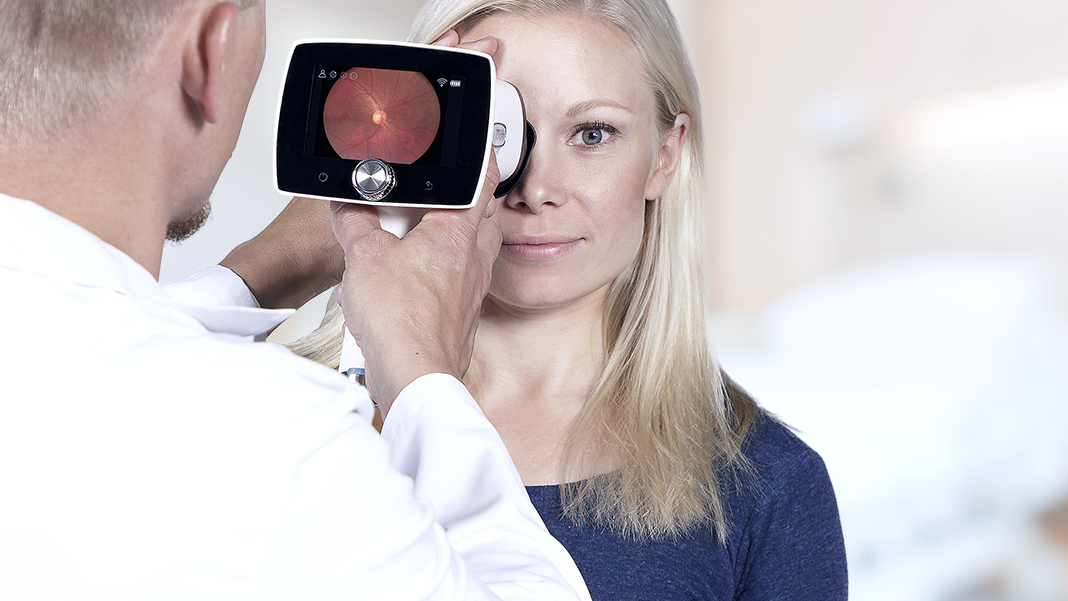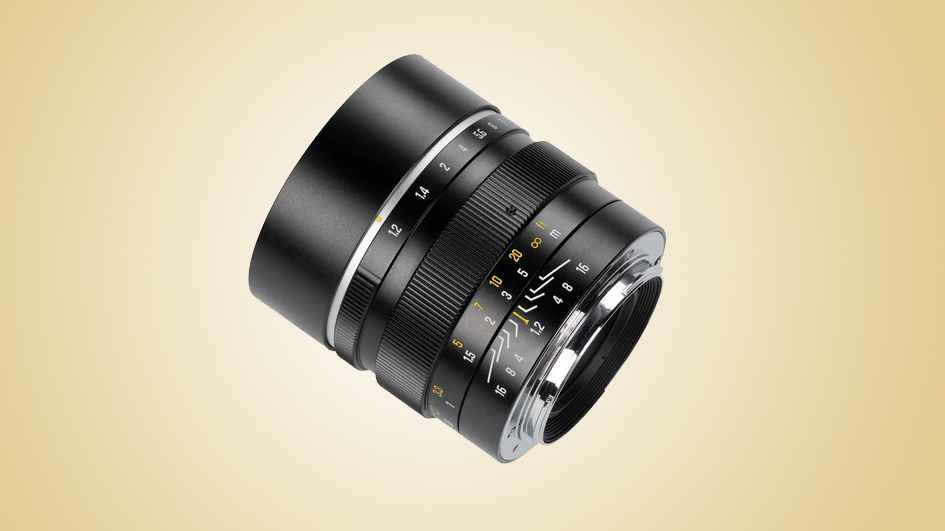This handheld camera will make diabetic eye screening quicker and easier
A new handheld fundus camera has proven to deliver quicker, easier diagnosis of diabetic retinopathy

A Finnish medical technology company has developed a handheld fundus camera that will make diabetic retinopathy screening quicker and easier. Optomed is the leading producer of fundus cameras globally, and recent research shows that the new handheld camera offers high-quality images and accurate results.
For those wondering, a fundus camera is specifically designed to take color photos of the back of the retina. It uses a specialized, low-power microscope with an attached camera to capture pictures of the retina, retinal vasculature, optic disk, macula and posterior pole.
• Read more: This camera measures the size and location of tumors
One of the main reasons fundus cameras are used is to monitor diabetic retinopathy – a complication of diabetes caused by high blood sugar levels that, if left untreated, can lead to blindness. Traditionally, a fundus camera is a large bit of kit that sits on a desk and requires the patient to rest their chin in place and look down the lens. The handheld camera developed by Optomed will improve access to eye screens for everyone, everywhere, as it's so portable.
Optomed conducted a clinical trial with 157 diabetic patients, selected to have photos of their retina taken by an experienced photographer using the newly developed Optomed Aurora. The trial was carried out at Oulu University Hospital, Finland, in the mobile eye research unit, and all images were transferred to an eye doctor afterward for diagnosis.
Results were published in the Acta Ophthalmologica medical journal in December 2021, and concluded that the handheld camera performs well in diabetic retinal screening. The images produced are good quality and changes in the retina are easily detected.
The number of people suffering from diabetes is increasing, and the success of the trial means that more people will be able to access the care and monitoring they need. If changes to the eyes are detached early enough, complete loss of vision can often be prevented – and the use of mobile fundus cameras will ensure that more patients are screened in a timely fashion.
The best camera deals, reviews, product advice, and unmissable photography news, direct to your inbox!
Fundus photography may not be the most glamorous form of imaging but without it, many diabetic patients wouldn’t be able to enjoy the art of photography at all. Cameras have been used to record and document medical practices since the 1840s and, as camera technology advances, more people are able to benefit from it.
Read more:
Best microscopes
Best otoscopes
Best borescope and inspection cameras
Best pulse oximeter
Best infrared thermometer

Having studied Journalism and Public Relations at the University of the West of England Hannah developed a love for photography through a module on photojournalism. She specializes in Portrait, Fashion and lifestyle photography but has more recently branched out in the world of stylized product photography. Hannah spent three years working at Wex Photo Video as a Senior Sales Assistant, using her experience and knowledge of cameras to help people buy the equipment that is right for them. With eight years experience working with studio lighting, Hannah has run many successful workshops teaching people how to use different lighting setups.
